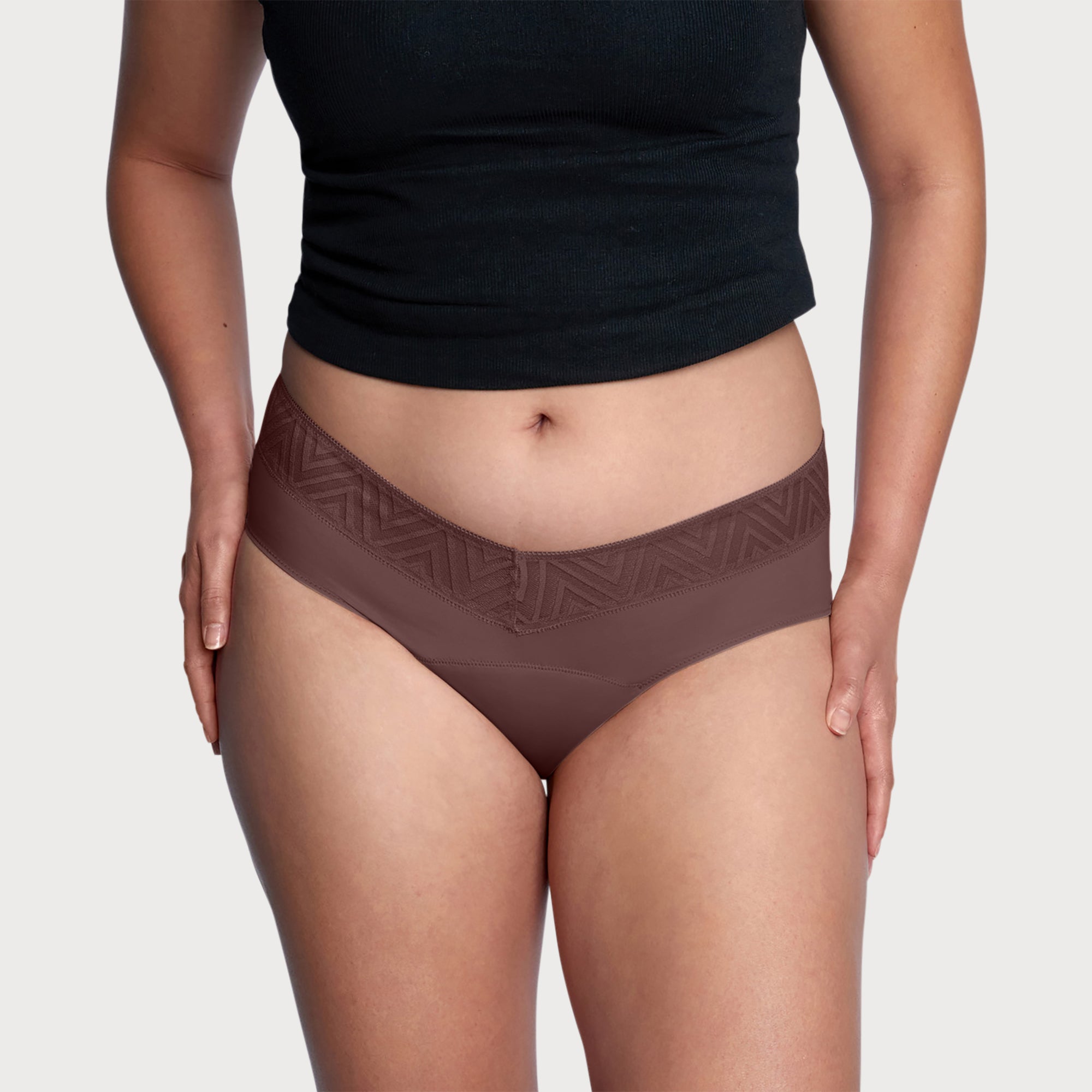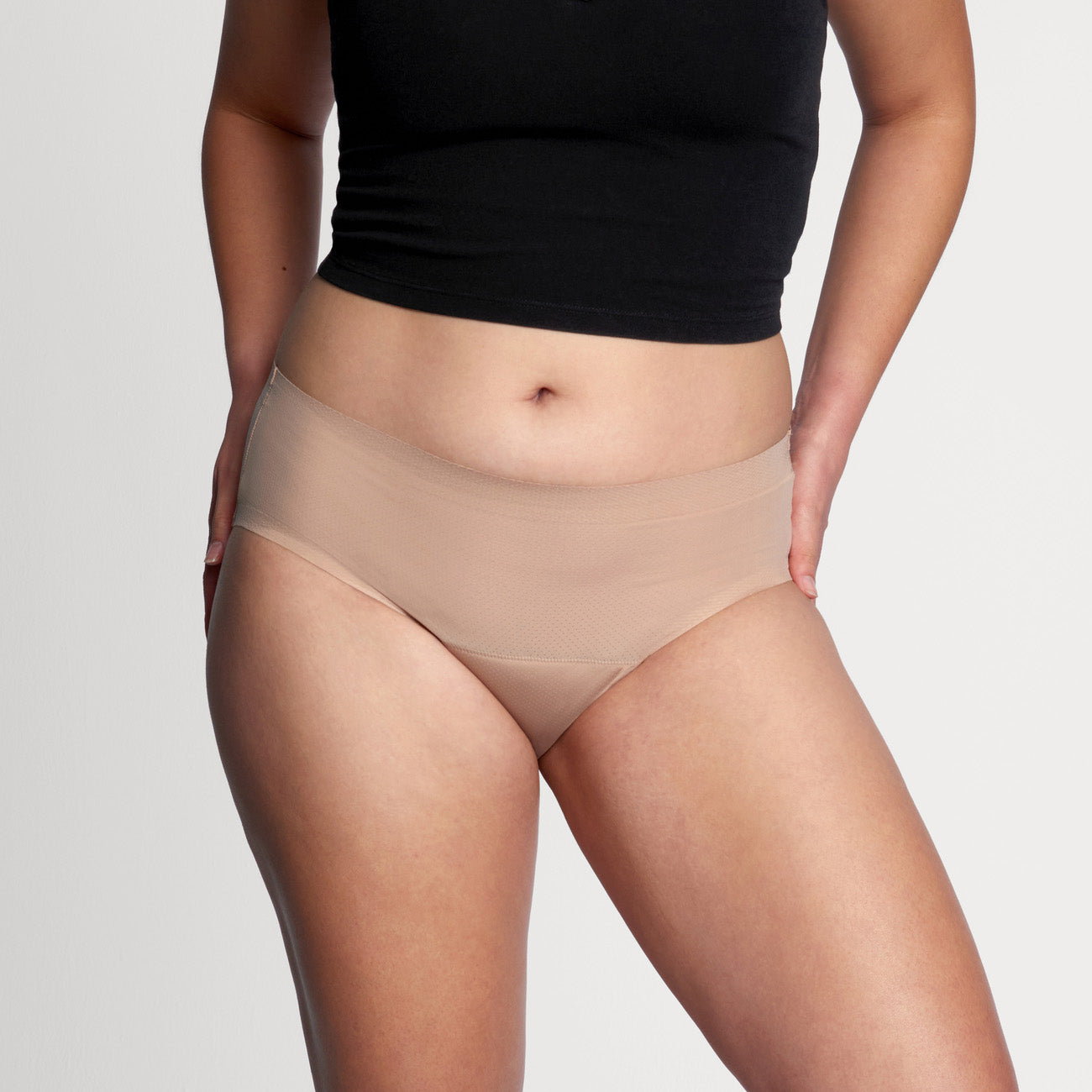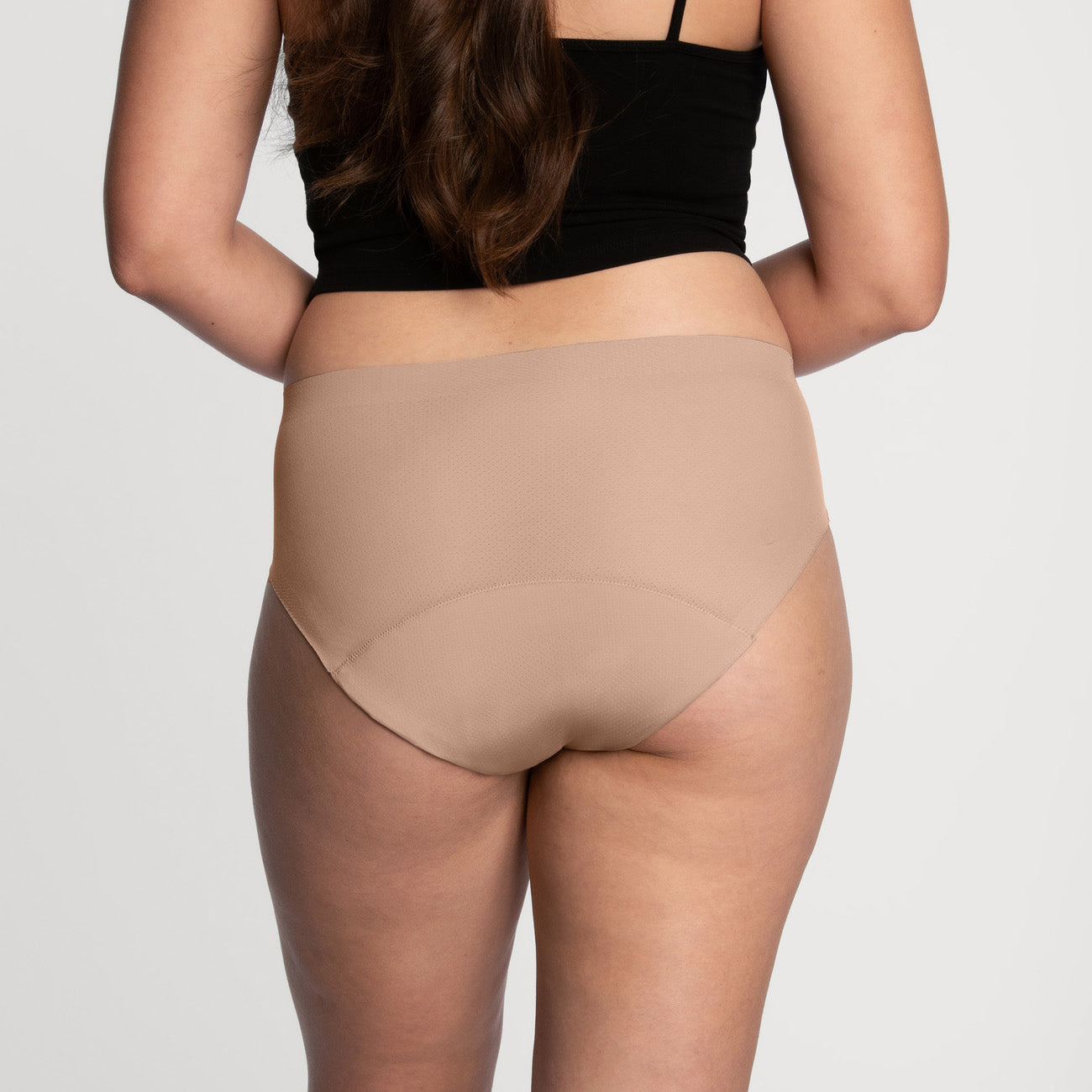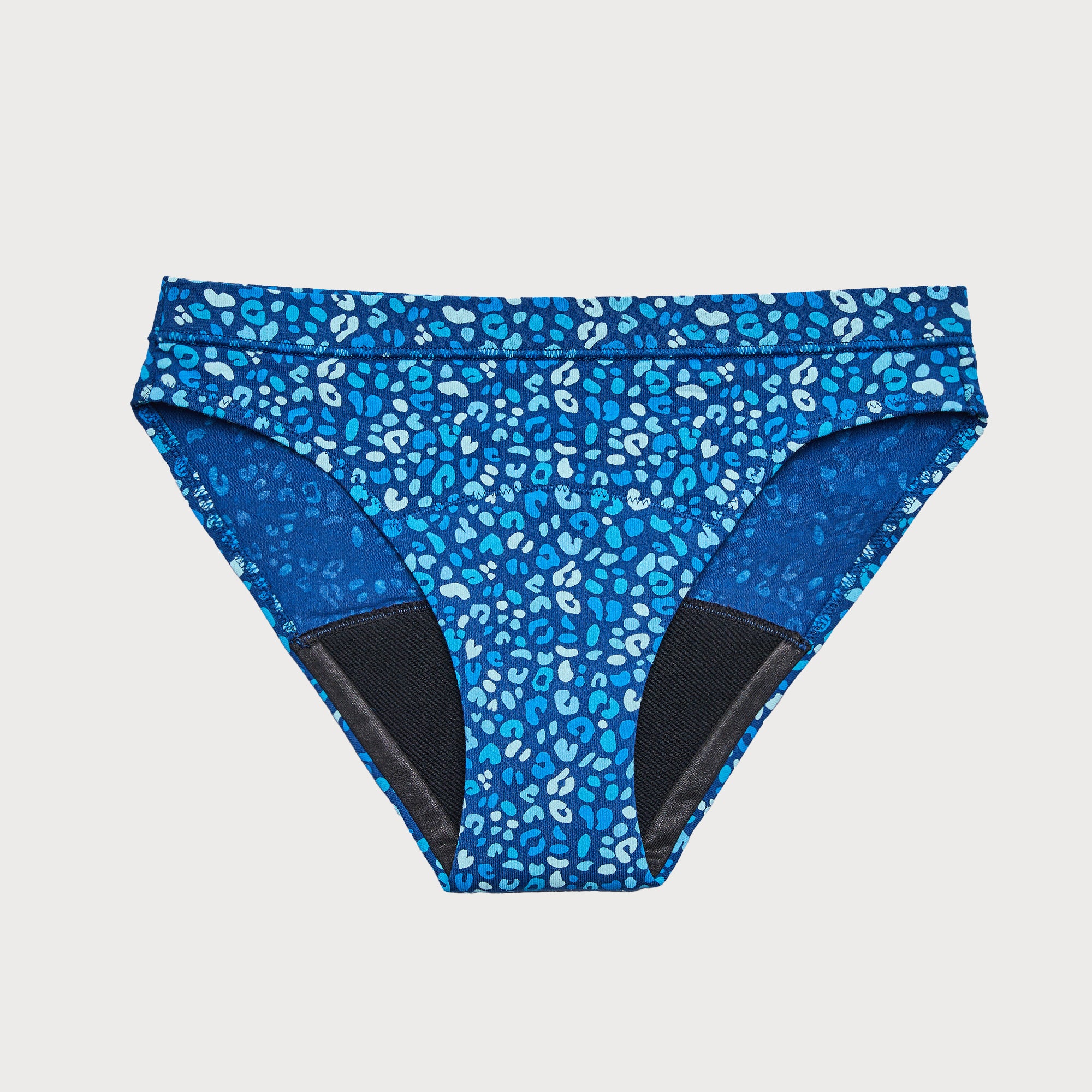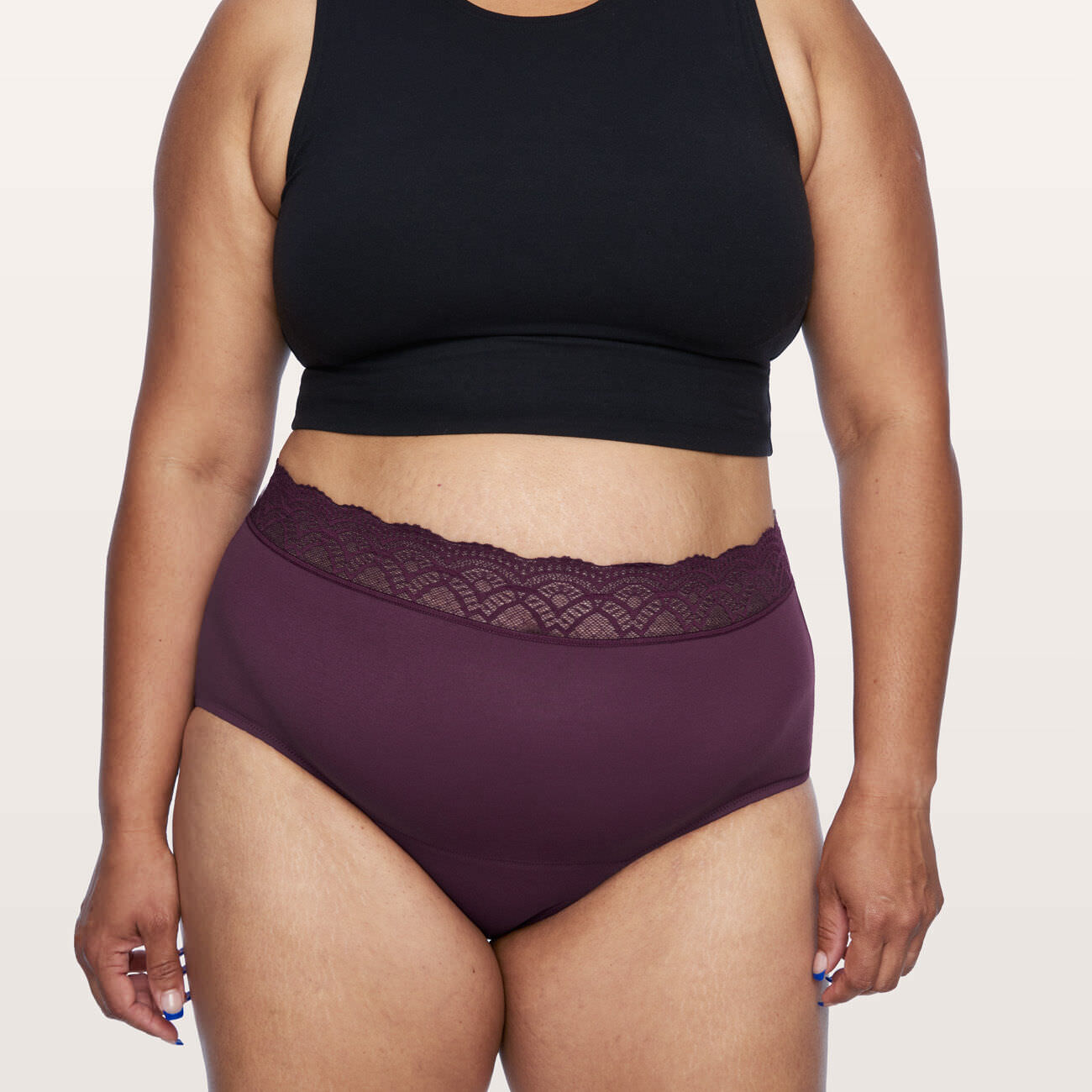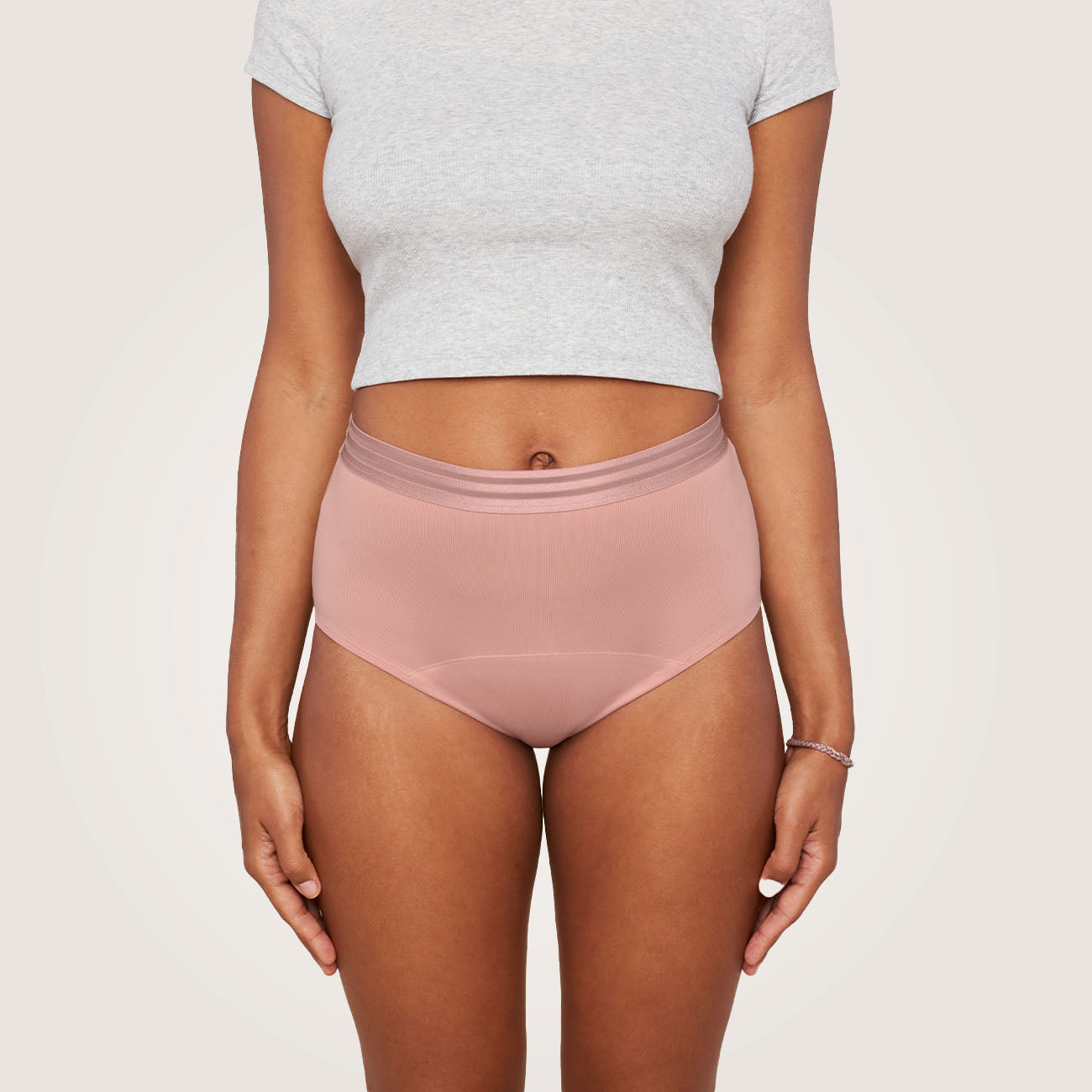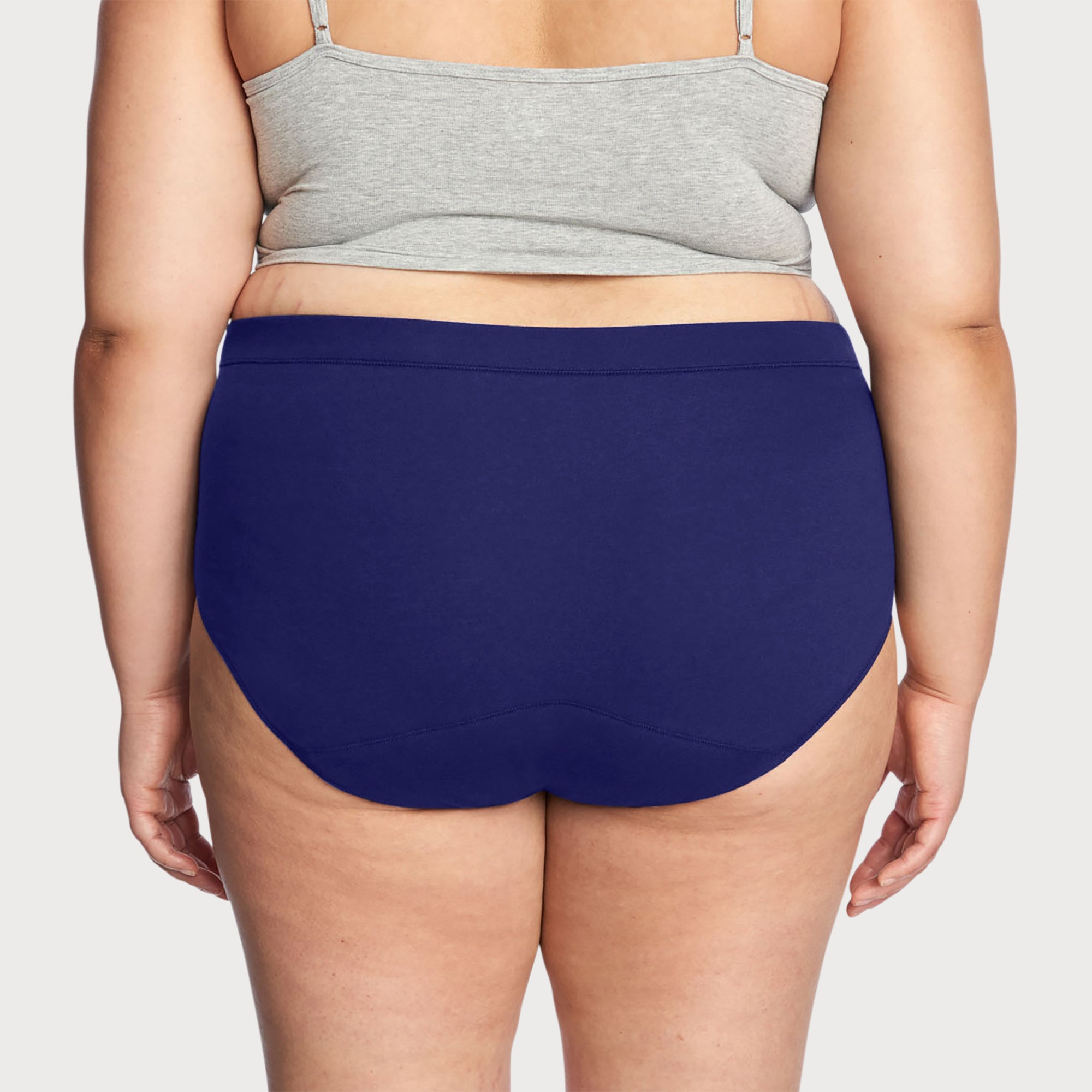How Do Kegel Exercises Work?
- Share this article Copy to clipboard

This is the second installment of a two-part Q&A with Lindsey Vestal, owner of The Functional Pelvis and pelvic health OT.
When it comes to exercising our mythical pelvic floor muscles, the only thing most people know to do is Kegel. But where do Kegels come from and how can you tell if they even work? To get some official answers, we chatted with Lindsey Vestal, who runs the Functional Pelvis in New York. She’s an OT who makes house calls to work with women in the comfort of their own homes. It turns out there’s more to Kegels than meets the eye, but we started with the basics.
So how do Kegel exercises actually work?
That’s a great question and I find most people’s general understanding of a Kegel is not exactly accurate. A Kegel is a pelvic floor muscle contraction and it should have two steps - the first should feel like closing or drawing the hip bones together. The second part should feel like lifting or drawing up and in. This is a description of a muscle in its flexed state. There are two other places these muscles should be able to access — resting and elongation.
When you’re not using these muscles, they should be at rest. The final place is elongation or relaxation. So a Kegel is one position (flexed) but you need to be able to access the full range of all three stages throughout your day, depending on what you need. You need the contraction for continence, and you need to access the elongation position for complete elimination. The rest position is vitally important so that you can go between the two positions anytime.
Are Kegels a good idea for everybody?
No, not everyone should be doing Kegels. You could be leaking if your muscles are stuck in elongation, or if your muscles are stuck in flexion. The idea is, you’re not able to access that full breadth and width of our muscles, regardless of which position you’re stuck in. So a Kegel is not a one-size-fits all. In fact, in therapy, I rarely talk about doing Kegels until several sessions in. There are so many other important things to talk about and address before you even get to Kegels.
Also, Kegels are not for everyone. Especially if you’re experiencing things like pelvic pain, or a sense of tightness down there. You need to rehab your floor like any other muscle in your body, which requires a full range of motion.
Should pregnant people Kegel?
This is a question that’s floated often, and different doctors have different apps. In fact, some apps for pregnant folks even send push notifications to do your daily Kegels. But don’t take it from us, here’s what Lindsey had to say:
A Kegel is something that’s great for people to do before they get pregnant. But during pregnancy, we really want to think about what we can do to relax the pelvic floor, so that we can have an easier, less traumatic birth. When your pelvic floor is tight, you’re not accessing the full elasticity and potential of those muscles.
Which exercises elongate and open the pelvic floor muscles?
Elongation can be addressed many ways, but an easy way to begin is by starting to relax some of the external muscles that are coming into our pelvic floor. Our inner thighs, outer thighs, hips and glutes are all muscular connection points to the pelvic floor, and you can start by releasing some of those external attachments. A really easy way to do this is with a foam roller, which you can do while you’re on the floor, watching TV or playing with your kids. What are you doing throughout your day — and not just in 1 hour of exercise — that can help you connect you back to that pelvic floor? Those little moments we can sneak in are gold.
Ready to learn some alternatives and additions to Kegels? Read up on simple exercises you can do at home to strengthen and restore your floor.






